Not a pro photographer? Only got a kumara for a phone? That doesn’t mean your Instagram account needs to look like a failed year 10 art portfolio
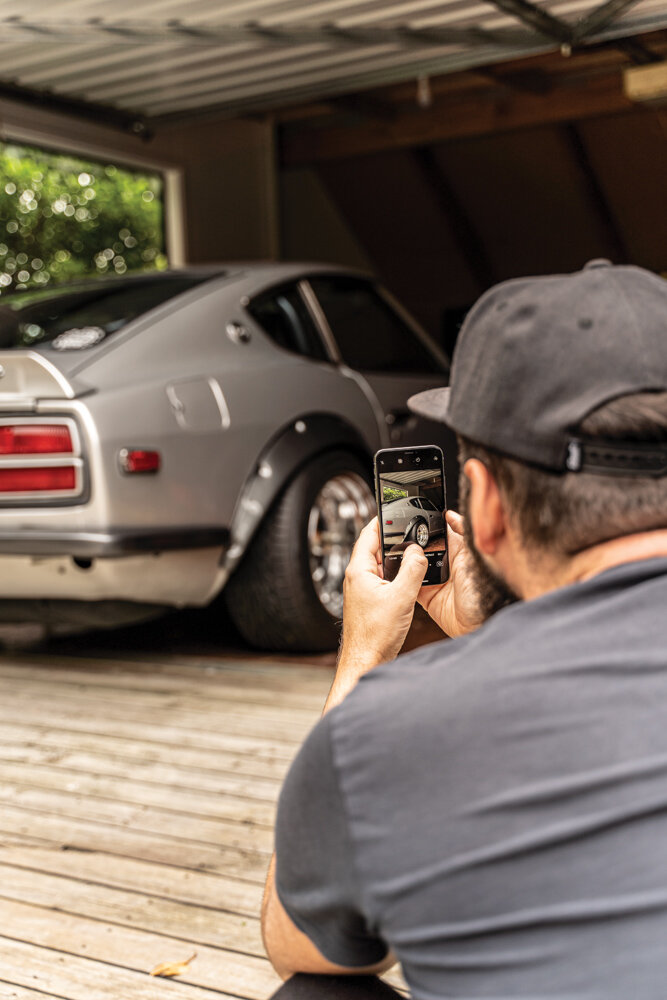
The world is in a weird place right now and social media, for better or for worse, has been a driving factor behind that. While platforms like Instagram do a damn-fine job of helping the spread of shitty pyramid schemes, 5G conspiracy theories, and other assorted levels of dumbarsery, they’ve also changed the game for automotive enthusiasts — for the better. It’s never been so easy to make connections, to share ideas, and to find solutions to our automotive problems — but if your Instagram game is weak and no one’s halting their scrolling thumb to check out your posts, you’re going to be missing out.
We’re not expecting you to suddenly start supplying NZPC cover shoots, but the following guide is designed to give you a basic understanding of what can make your car look good — or bad — and what you can do to get better results from your account, no matter the equipment you’re using. Take note: while this guide comes from a place of experience, it’s just that — a guide. Shoot what you think looks good, and edit it how you like. There’s no right or wrong answer when you’re getting creative, so have at it, and see what you come up with.
Equipment envy
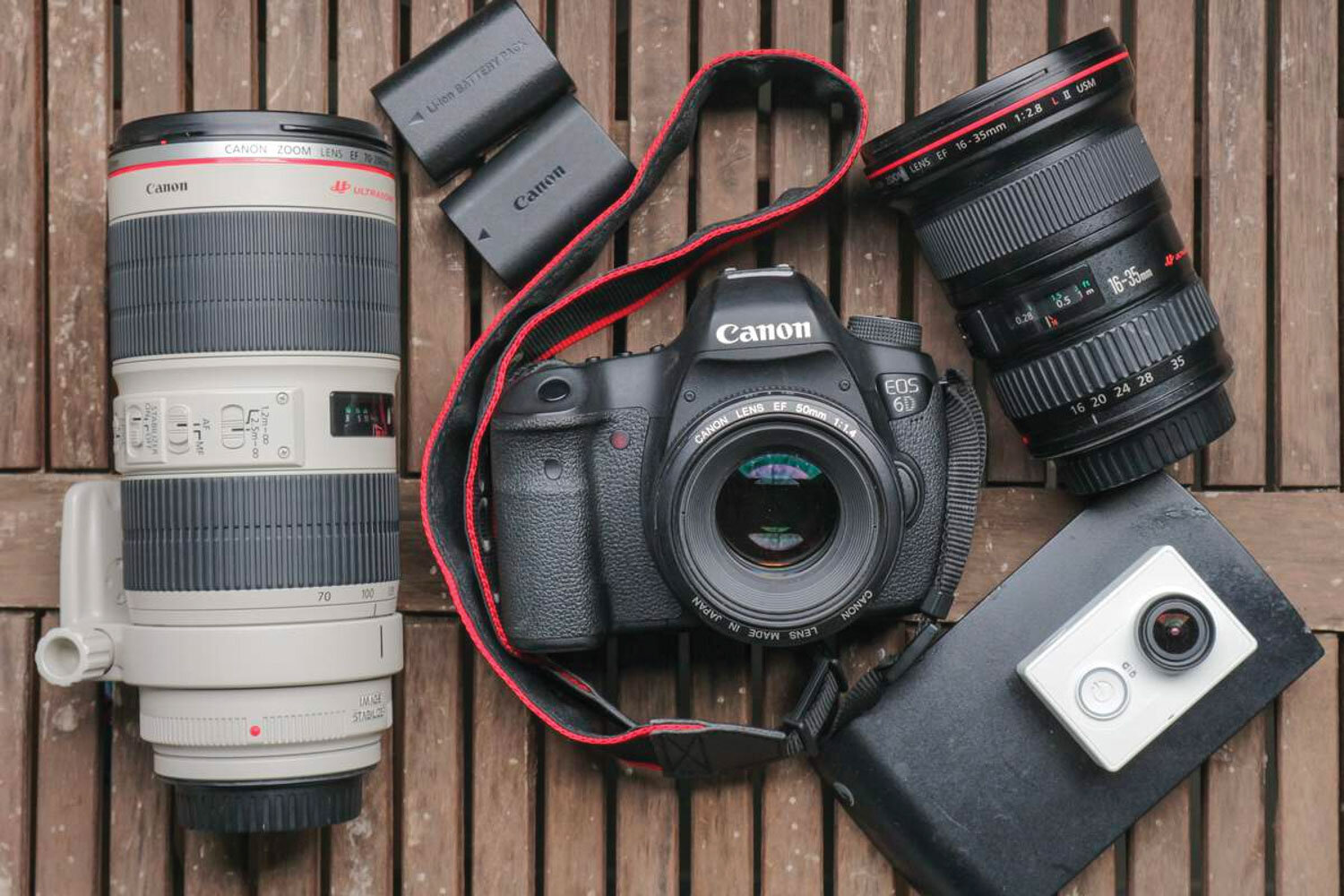
There’s an old saying in the photography world: “The best camera is the one you have on you”, and it’s true. People — ourselves included — often get so wrapped up in having the best gear when, for the purposes of your average Instagram account at least, the camera on your modern phone does a great job. A good photo relies more on the creativity, the composition, and the lighting than it does on the megapixels or the ‘buttery-smooth bokeh’.
With all that said — and here comes the caveat — while phone camera technology has come such a long way in the past few years, it still does have its limitations. If you find yourself really enjoying taking photos or videos of cars, why not consider putting off that new stainless exhaust system until next payday and dropping a bit of cash on a basic camera and lens instead? Most decent camera systems now have the ability to connect right to your phone, so you can transfer straight from the camera and then edit the photo using an app — we’ll cover that soon. It’s never been easier or cheaper to take things to the next level and it can be the perfect excuse to organize a cruise or a meet with friends — just don’t assume it’s a must-have in order to have a good time taking good photos.
Composition
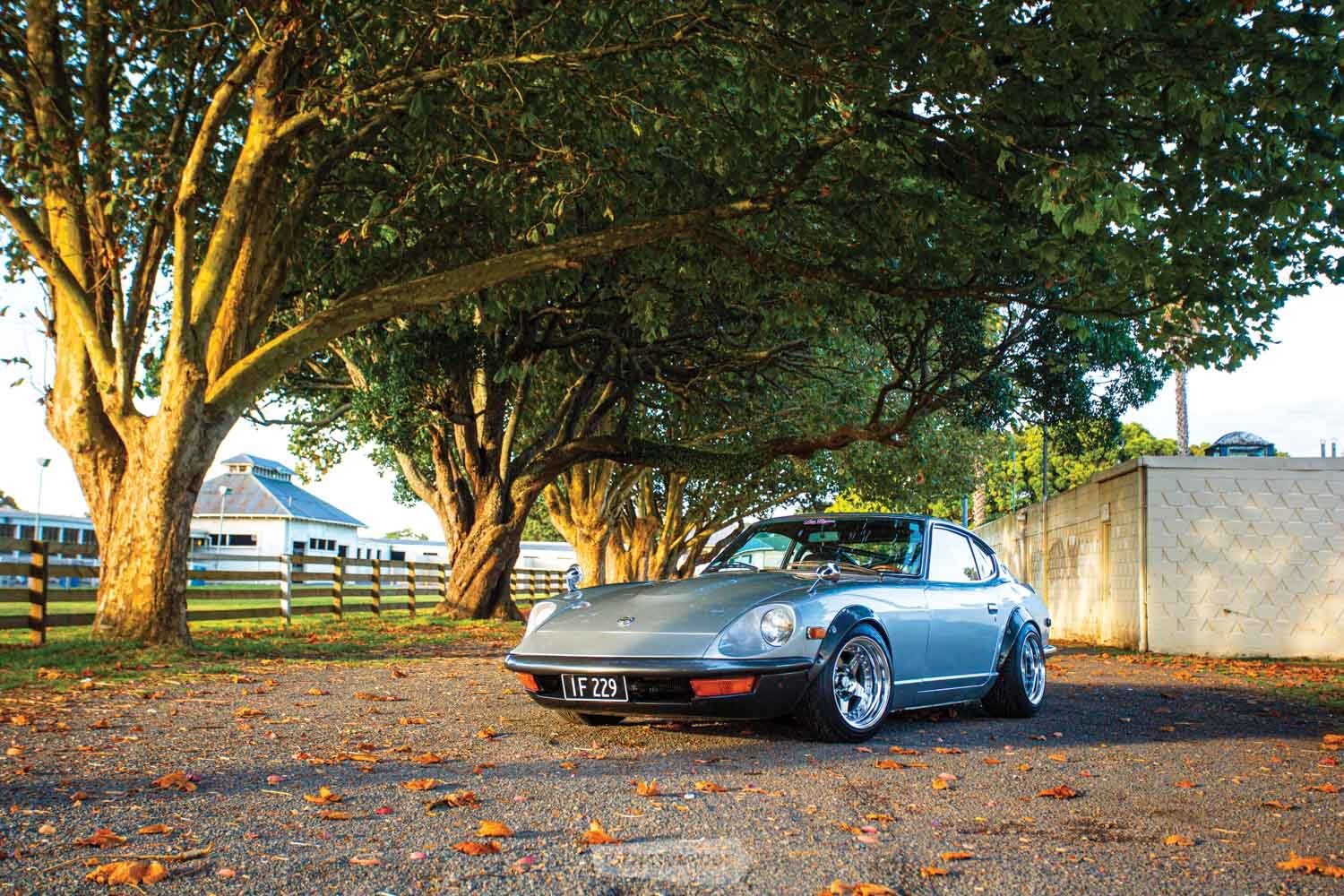
Sure, the car is always going to be the most important part of your image, but how it’s presented on the screen is also a big factor in a photo’s success. Instagram’s preferred orientation is, of course, portrait and, while there’s nothing to stop you posting a landscape-orientated photo, it’s generally less effective due to taking up much less screen real estate on the feed. It’s also worth noting that Instagram does crop an image a little vertically, so make sure that gets factored in when shooting.
There are a few basic rules in photography that ring very true on the ’gram, and ‘rule of thirds’ is perhaps the most important. Imagine your screen is cut into equal thirds, both vertically and horizontally. This rule says that you should try to place your subject, not in the middle of your image, but instead where these lines intersect. This creates a more eye-pleasing image overall, that draws your eye to the subject without dominating it. For whatever reason, there’s just something awkward and unattractive about an image that features the subject smack-bang in the middle of the frame.
With that said, ‘rules’ like these are really more just rough guides — there’s nothing to stop you breaking them to achieve an interesting result. You could, for example, place the car right at the bottom of the image, facing directly towards the camera, and have the rest taken up by a building or just sky. Or you could choose to focus mainly on the landscape and feature the car only as a contrasting blip of colour on the road of an otherwise verdant green hillside.
Likewise, there’s nothing to say that the entire car needs to be in the frame. Some of the best shots we’ve seen are cropped in much closer. Maybe the image shows only the A-pillar forward from the side? Maybe it’s a view of the front of the car, cropped down the middle? Whatever you choose to try, the key is putting some thought and effort into it, as opposed to just whipping out the phone and grabbing some shots wherever the car happens to be parked at the time.
Location hunter

Your car isn’t the only thing that’s going to feature in the image, so it pays to think about the background and foreground too, as they can easily make or break a photo. When possible, we like to use the environment to create a more dramatic photo. This means looking out for clean, interesting spaces that can give depth to an image. Perhaps, if we’re lucky, there’ll be something substantial near where we’re shooting to frame the foreground, or repeating patterns trailing off into the distance to draw the eye — think pillars under a bridge or an empty tree-lined road that runs into the far distance. These are fairly specific examples, we know, but it’s good to think outside the box and consider what could be used to your advantage.
What about locations that suck? Well, that’s subjective of course, but we can tell you that cars shot up against a wall — no matter how cool the tagging is — never really look that great as there is no depth to the image. The number one gripe, however, is shooting cars on grass — just don’t. It always looks low effort, never flatters a car, and is guaranteed to soak it in bright green reflections.

Start looking around on your way to and from work, looking down side streets and into empty parking lots. Once you’ve got it in your mind, you’ll forever be finding interesting spots that you’d never have even noticed before. At the end of the day, though, sometimes you just need to work with what you’ve got, but with enough thought and effort something worthwhile can be pulled from nearly any spot.
Light bending
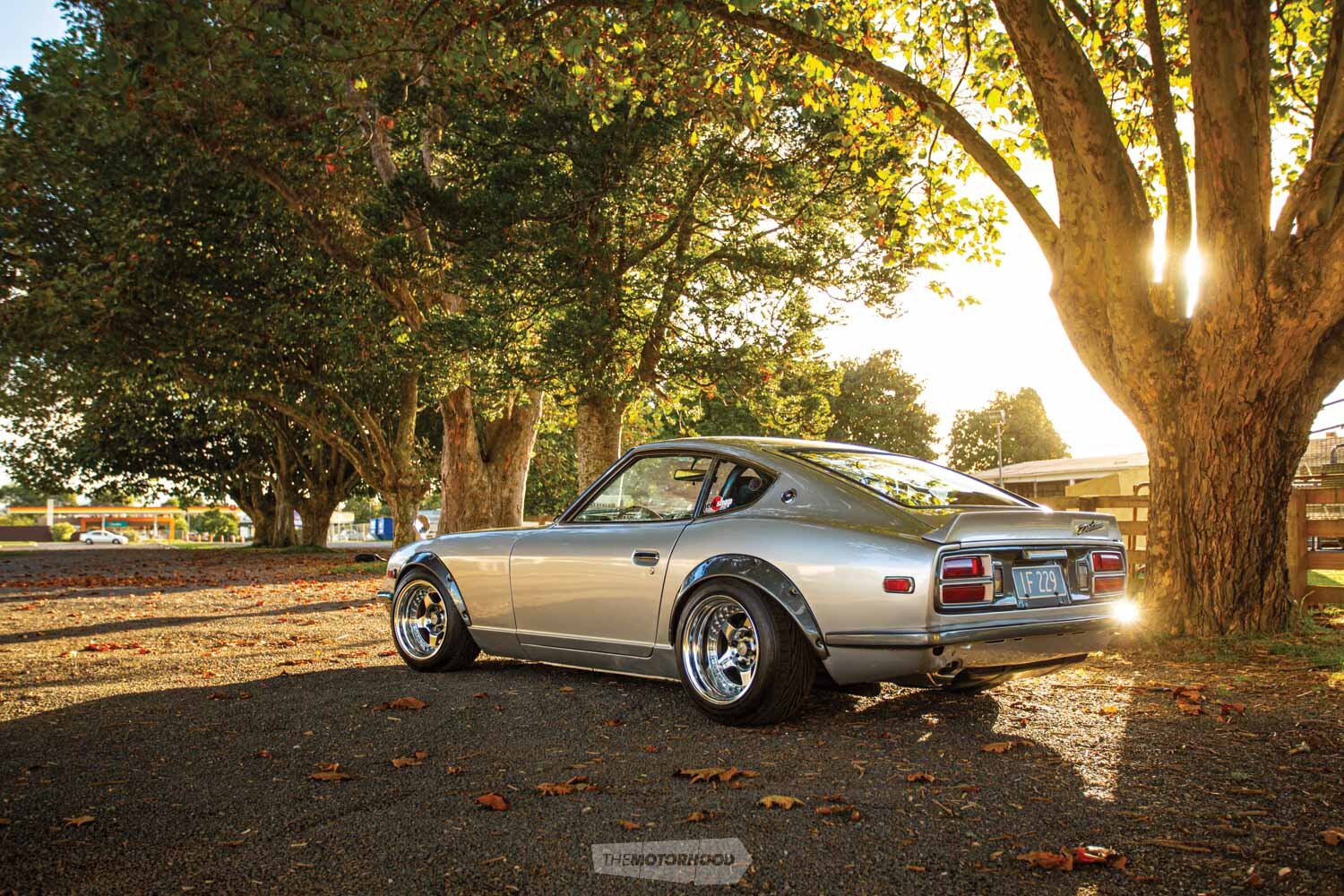
The best natural lighting condition for photos is always going to be during the ‘golden hour’. This is a short period just after the sun has risen and just before it has set. During these times of the day, the light is warm and soft, creating more flattering shapes and avoiding harsh shadows and light. If dawn or dusk isn’t going to work for you, then all is not lost because there’s plenty you can do during the day — just avoid whipping the phone out around lunchtime if at all possible. That’s when the sun is directly above and all you’re going to get is harsh sunlight and frustrating shadows — the closer you are to those aforementioned golden hours, the better.
What about the weather? Although it might go against conventional wisdom, a bright, sunny day is great for a cruise down to Mission Bay but it sucks for shooting a car. Direct sunlight is unflattering for people and cars alike, so a little cloud cover does wonders for a subject, even with the dreaded midday sun. This is because clouds act as a light diffuser — if you’ve ever seen professional studio lighting or product photography, you’ve probably seen that the big studio lights are generally fitted with big white ‘soft boxes’. These effectively spread out and diffuse the harsh studio lamps to better light the subject, and clouds do the exact same thing for the sun.
Just as photographers in a studio setting will move their lights around to get the look they’re after, you too should consider where the sun is and where it’s casting shadows. While there’s nothing wrong with positioning your car so that the afternoon sun hits it perfectly, it’s also worth considering shooting against the light, so that that car is in shadow, as well as just straight-up parking the car completely in the shadow cast by a building or hill. This is going to allow for a completely different look that can show more detail, and often avoid ugly bright spots and reflections. It will also give you more to play with when it comes time to edit the image on your phone. Older or cheaper phones will have worse low-light performance, though, so make sure you give it a test shot first and then zoom in to see how ‘noisy’ or grainy it is.
A surprising number of people don’t realize they have quite a lot of control over their phone’s exposure. If the car is too dark and the sky too bright, try tapping on the car to adjust the exposure automatically — or, in the case of most modern phones, try holding down and dragging, which brings up a slider that will let you manually adjust the exposure.
Big angles

Just like people, in our experience, cars most definitely have a good side and a bad side — no matter how pretty they might be. If you know yours well, you’ll no doubt be aware that at certain angles your steed looks badass but at others it makes you cringe and question whether this is really the machine you should be sinking all your time and money into. Take that knowledge and see if it translates into a good photograph. If it doesn’t and the car looks awkward in its proportions or jacked like a Suzuki Escudo, you’ll be shocked at how much things can change with a simple shuffle to the side or a little less elevation. On a related note, don’t just stand there — cars rarely look good at human eye level, so crouch down or get high to further flatter your machine. You should also avoid using your phone’s zoom, as it’ll degrade the image — just take a step closer, you lazy bastard.
This is a bit of a trial-and-error situation, and each car will have different ‘needs’. Once you figure it out, it’s important that you don’t just walk around the car taking photos from different angles. Instead, reposition the car to ensure that you get exactly the right angle, in the right light, with the right background.
Finally, you should also do everything you can to ensure that your machine is looking as photogenic as possible. This means that the front wheels should either be straight or turned slightly inwards to better show the face of the wheel — cheaters’ tip: this is also great for hiding the fact that you haven’t quite got your guard gap and poke spot on yet. Lastly, roll the windows up — cars generally look better as one cohesive shape, without the interruptions in the side created by dropped windows. In our book, pillarless vehicles are an exception here — there’s few things quite like the wide-open spaces of a C33 Laurel or any manner of classic American iron to convey a sense of, ‘I bet that’s a cool car to cruise in’.
Editing
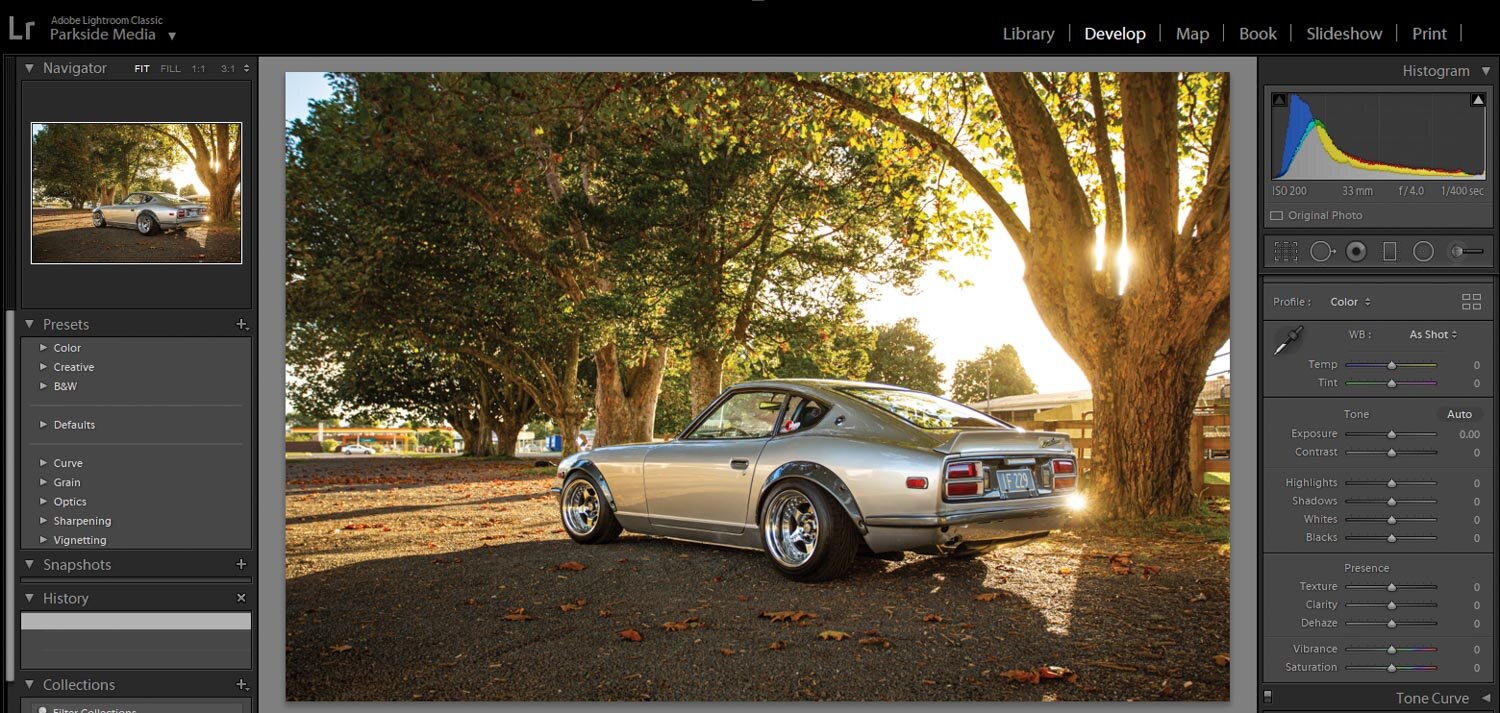
Editing photos on your mobile device used to be a complete shit show. These days, though, phone cameras are so good that the photos they take are worth editing, and the apps are more capable than ever. While you can edit within Instagram, it’s really not your best option — and don’t even get us started on the ‘filters’. You’re much better off using a stand-alone app. We mostly use VSCO around the office for simplicity’s sake, although Adobe Lightroom and Snapseed also have a spot on the home screen — and they’re all free. These apps are surprisingly powerful, allowing you to do all the basic things you’d expect from a desktop application such as Photoshop. Obviously, they’re not going to be anywhere near as powerful as a full-blown piece of editing software, but they really don’t need to be.
Throw your image into your editing app and start messing around. Bring up the shadows, increase the saturation, sharpen it up a little — or do the complete opposite. Editing is all about finding what looks good to you, and what suits the image, so just mess around and learn what each function does. In general, though, less is more — try to avoid going bananas on any slider, as extreme levels of any adjustment or filter never look good.
Sending it live
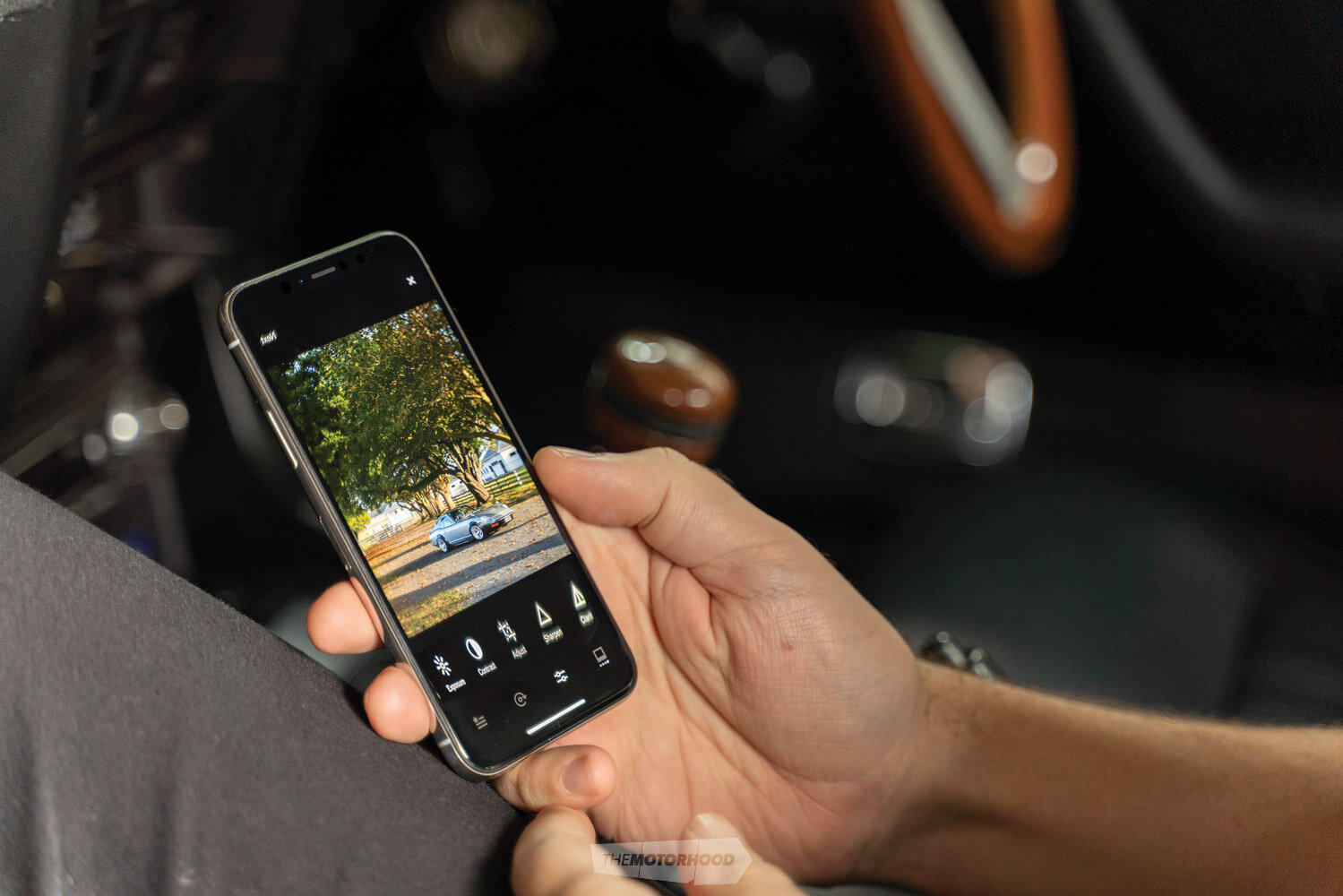
While we’re not going to start posting selfies or videos of ourselves twerking to Lizzo any time soon, we do put value in using Instagram to make connections with like-minded enthusiasts across the automotive world. While this guide is more about the photo-taking side of things, the actual posting to Instagram is definitely worth a mention. Maybe you’re just using the platform for your friends and family to see what you’re up to, and that’s totally fine, but if you want more people to see your posts and to start following your account, there’s a few things that can help.
Hashtags aren’t anything new, of course, but, man, can the right ones be effective. Any time the writer of this guide posts an image of his Datsun Z, for example, he’ll throw a few relevant, niche hashtags in there — nothing too broad (no one is going to bother trawling #car, #wheels, or #turbo) — and inevitably, over the next couple of days, a handful of new Z-enthusiasts will find their way to his account and start following. Combine those hashtags with an interesting, relevant caption and you’ll find like-minded users reaching out. Using these super-relevant hashtags has created hundreds upon hundreds of connections with like-minded Z-car and Datsun enthusiasts the world over through Instagram over the years, and many have resulted in real-life meetups and some weird and wonderful adventures all over the world.
And that, dear readers, is the best thing about social media. Love it or hate it — and there’s plenty to hate about it sometimes — platforms like Instagram can be used for something more than just flexing; they can make the world a much, much smaller place. So get out the quick detailer, polish everything to perfection, and fire up the group messages to see who’s keen for an arvo photo session this weekend — make sure to tag @nzpcmagazine in the results.





